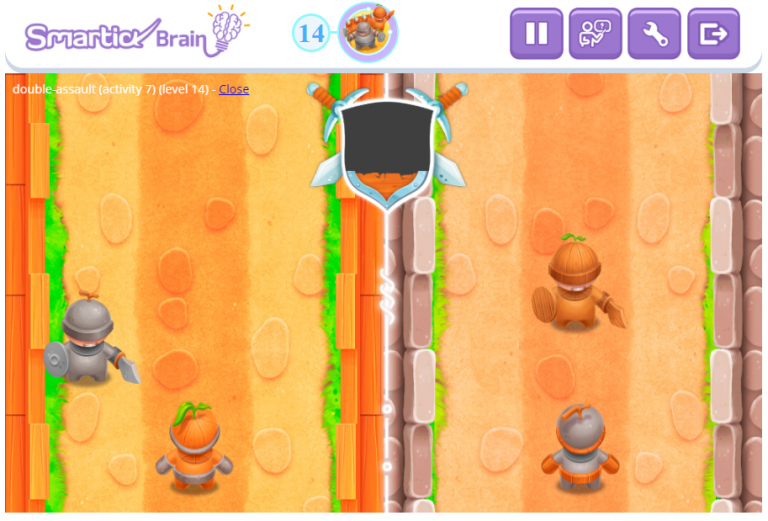When it comes to studying and learning, one of the most important ingredients is attention. It is the cognitive process that allows us to concentrate on and respond to the relevant stimuli as a consequence. Some children, in particular those with Attention-Deficit/Hyperactivity Disorder (ADHD), have difficulty maintaining their focus. This makes the learning process challenging for them. For example, in the case of learning mathematics, the difficulties can affect their ability to follow the necessary steps to solve problems. It can also affect the speed with which the children switch between tasks, from adding to subtracting, for example.
Types of Attention
A single, clear definition does not exist for attention, but we do know that this cognitive ability includes different processes. Some authors in particular (Solberg and Mateer, 1989; Van Zomeren and Brouwer, 1994) speak about four components or levels of attention:
- Selective: The ability to select, from several possibilities, relevant information while suppressing irrelevant information (the distractors).
- Sustained: The ability to stay focused on a task for a period of time. This process is very important because it allows a student to be engaged in a task for an extended period of time.
- Divided: The ability to perform more than one task at the same time. It plays a very important role in multitasking scenarios and changing environments.
- Alternating: The ability to switch focus from one task to another seamlessly.
Attention Games in SmartickBrain
Children with attention difficulties can struggle with some or all of the attention components. With appropriate intervention, it is possible to improve their abilities as well as their academic performance. In fact, different studies show that computer games, like those included in SmartickBrain, can help children improve their abilities (Cortese et al, 2015).
We are going to look at some SmartickBrain games designed to train attention.
- Double assault trains both sustained and divided attention. In this game, the objective is to help two warriors get to the castle by avoiding the obstacles. The children have to control the warrior’s movements with different keys on the left and right sides of the keyboard.

- Campfire has been designed to train selective attention. The mission is to protect the fire with the help of some allies (marshmallows) from the enemies which are drops of water who want to extinguish the fire.
- Chameleon is another game to train selective attention. Children have limited time to feed insects to the chameleon while avoiding the poisonous ones.
Children can play these games and many more on SmartickBrain after their 15-minute daily session. Register with Smartick today and try it for free!
References:
- Sohlberg & Mateer. (1989). Introduction to cognitive rehabilitation: theory and practice. New York: The Guildford Press.
- Van Zomeren, A.H., y Brouwer, W.H. (1994). Clinical neuropsychology. En: Vietze PM, ed. Clinical neuropsychology of attention. New York: Oxford University Press
- Cortese, S., Ferrin, M., Brandeis, D., Buitelaar, J., Daley, D., Dittmann, R. W., … & Zuddas, A. (2015). Cognitive training for attention-deficit/hyperactivity disorder: a meta-analysis of clinical and neuropsychological outcomes from randomized controlled trials. Journal of the American Academy of Child & Adolescent Psychiatry, 54(3), 164-174.
Learn More:
- Lost Objects: The New SmartickBrain Game to Train Attention
- Educational Games on SmartickBrain, Essential for Learning
- Cognitive Flexibility Games with SmartickBrain
- Attention Games: The Key to Fostering Sustained Concentration in Children
- Reasoning Games to Improve Mathematics
- Mistakes: An Opportunity to Learn - 05/07/2020
- The Importance of Positive Reinforcement in Education - 04/02/2020
- Is It True That Boys Are Better at Math Than Girls? - 03/05/2020







